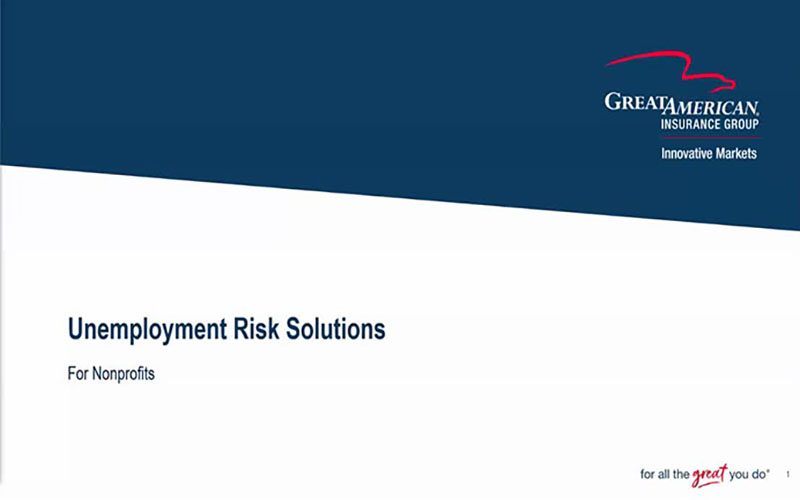Public Entity Riskopolis
- Share now:

Schools, community centers, libraries, courthouses, government offices and public housing are all designed to be accessible and serve the needs of the public. This accessibility, however, can also make them vulnerable to cyber threats. Having preventive measures in place provides a safety net and could ensure your public entity is protected from a cyber risk.
Take a look at the lurking dangers – are your clients protected from the exposures depicted below?
Click the yellow circles on the image to view the exposures.

Ransomware Attacks:
Public entities are treasure troves of citizen data, making them prime targets for crippling ransomware. Known for targeting high-value victims, BitPaymer often leverages Remote Desktop Protocol (RDP) vulnerabilities to gain initial access to a victim's network. Once inside, they can move laterally through the system, steal data, and deploy ransomware to encrypt critical systems. This can paralyze public services, such as online tax filing or emergency response systems, and inflict significant financial losses. To combat this threat, public entities should prioritize regular backups of critical data. Implementing a robust disaster recovery plan ensures a swift restoration in case of an attack. Additionally, promptly patching software, especially RDP, addresses vulnerabilities that could be exploited by ransomware. Educating employees on identifying and avoiding suspicious emails or attachments is crucial to prevent them from becoming gateways for ransomware delivery.

Data Breaches:
Public entities manage a wealth of personal information, from Social Security numbers to tax records. Data breaches can occur through phishing scams, insider threats, or unpatched vulnerabilities, exposing citizens to identity theft and other financial crimes. Implement strong data encryption practices to safeguard sensitive information. Enforce multi-factor authentication (MFA) for user access and conduct regular security awareness training for employees to recognize phishing attempts. Regularly monitor systems for suspicious activity and have a data breach response plan in place to minimize damage and notify affected individuals promptly. In August 2013, a large email provider experienced one of the largest data breaches in history, affecting 3 billion accounts. The breach was attributed to a hacking group that accessed account information such as security questions and answers.

DoS Attacks:
A flood of malicious traffic can overwhelm a public entity's website or online services, hindering citizen access to critical resources like unemployment benefits or online permitting systems. These attacks disrupt essential services and can erode public trust. Utilize DoS mitigation solutions could filter out malicious traffic before it impacts public services. Maintaining redundant servers and implementing load balancing to distribute traffic can prevent bottlenecks that attackers can exploit.

Phishing and Social Engineering:
Public employees are targeted with deceptive emails or phone calls tricking them into revealing login credentials or transferring funds to fraudulent accounts. These scams can compromise critical systems and expose sensitive data. Implement MFA for all user accounts to add an extra layer of security beyond passwords. Regularly train employees on identifying phishing attempts and suspicious emails. Establish clear protocols for handling sensitive information and financial transactions.

Unsecured Devices and Networks:
Public entities may struggle to enforce consistent security protocols across a large network of devices used by employees and citizens. Unsecured devices or public Wi-Fi networks used to access sensitive information can create vulnerabilities for cybercriminals to exploit. Consider data encryption on mobile devices and laptops used by employees. Implement network segmentation to isolate sensitive systems from public access points. Provide secure remote access solutions for employees working outside the office and discourage the use of public Wi-Fi for accessing sensitive data.

Supply Chain Attacks:
Public entities depend on a complex web of vendors and suppliers to deliver essential services. But this reliance creates a hidden threat – supply chain attacks. In this scenario, a security breach at a seemingly unconnected third-party vendor, such as a provider of remote monitoring software for a water treatment plant, can provide cybercriminals with an indirect backdoor into a public entity's systems. This can have a devastating impact on public utilities, potentially disrupting services like electricity grids, water treatment plants, or waste management facilities. An attack on a public utility via its supply chain can lead to blackouts and power outages if compromised control systems plunge homes and businesses into darkness. To mitigate these supply chain risks, public entities can prioritize thorough security assessments of potential vendors before establishing partnerships. Contracts should include strong security clauses holding vendors accountable for maintaining robust security practices.

Cyber Espionage:
Public entities may be targeted by foreign governments or other actors seeking to steal classified information or disrupt critical infrastructure. These attacks can compromise national security or disrupt essential public services like power grids or transportation systems. The consequences can be severe. Take the 2020 SolarWinds attack, where a widely used network monitoring software called Orion IT was compromised. Hackers gained access to emails and potentially sensitive data from U.S. government agencies. Implement advanced security measures for classified information systems, including data encryption and network segmentation. Monitor network activity for signs of unauthorized access and conduct regular security audits to identify and address vulnerabilities. Maintain a close relationship with national security agencies and share information on cyber threats.

Insider Threats:
Disgruntled employees or contractors can pose a significant threat, with authorized access to systems and data. Malicious insiders can steal data, disrupt operations, or sabotage critical infrastructure. Conduct background checks on employees and contractors before granting access to sensitive systems. Implement the principle of least privilege, granting access to only the data and systems necessary for employees to perform their job functions. Monitor user activity for suspicious behavior and encourage employees to report any security concerns.

Governmental Immunity Related to Data Breach Litigation:
U.S. Office of Personnel Management Data Security Breach Litigation (2017): This case involved a major data breach at the U.S. Office of Personnel Management (OPM) that exposed the personal information of millions of federal employees. The lawsuit was dismissed because the federal judge ruled on the grounds of sovereign immunity, stating that the plaintiffs did not have the right to sue the government for the data breach.
Contact our Cyber Risk Team Today!
Public entities protect sensitive information, maintain public trust and ensure continuity of their services. Learn how this insurance can help protect your entity against various threats. Talk to our team of experts.









.jpeg?sfvrsn=dbf923b1_1)




.jpeg?sfvrsn=c50521b1_1)